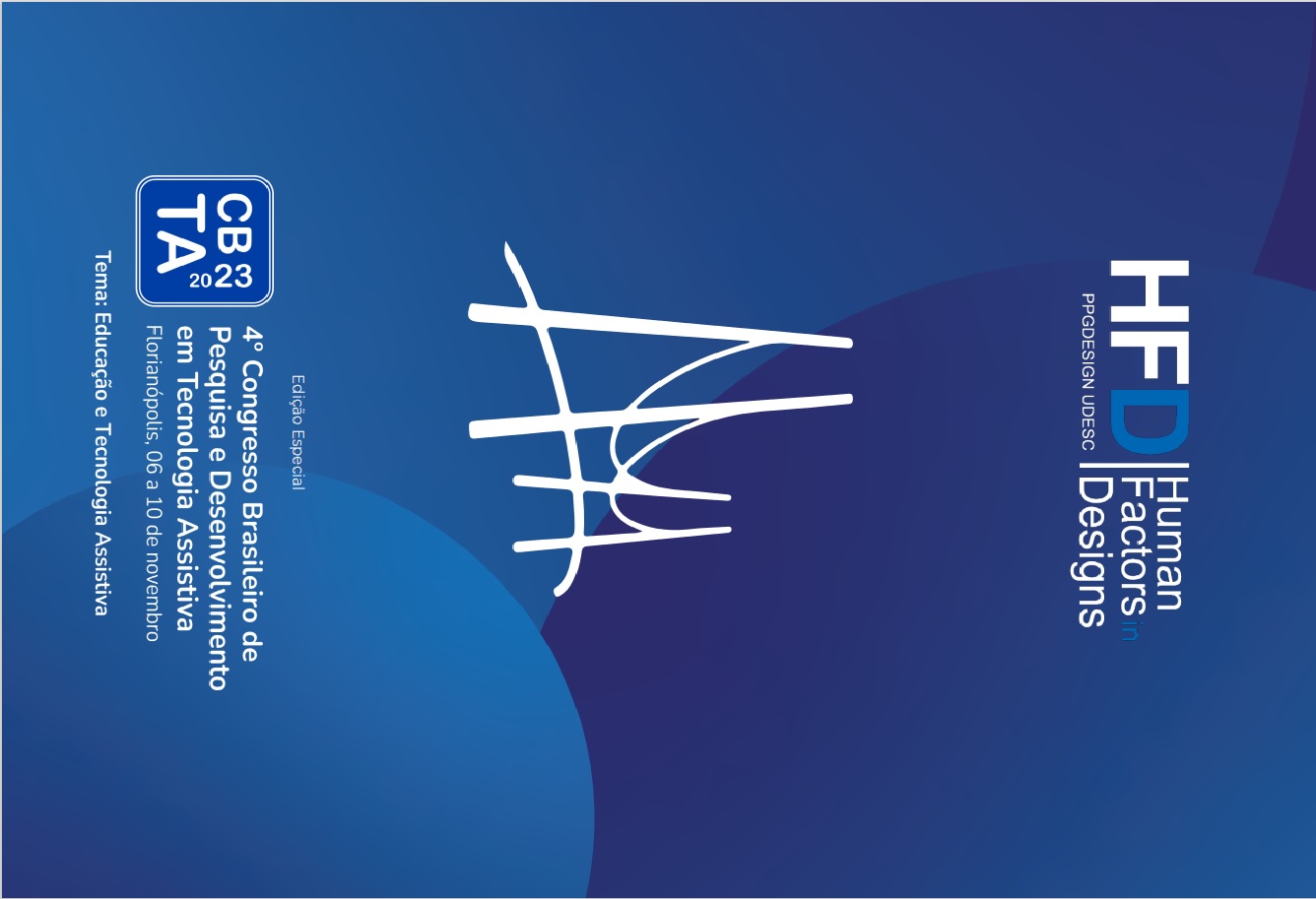3D Tactile Anatomy: inclusive educational material for teaching and learning human anatomy
DOI:
https://doi.org/10.5965/2316796312242023083Keywords:
Inclusive Education, Human Anatomy, 3D PrintingAbstract
This study presents the development of the Anatomia Tátil 3D project based on the principles of Universal Design (UD). The objective is to create three-dimensional representations of human organs for teaching students. Using Blender software, images from the Atlas 3D Anatomy app are used as references for modeling and subsequent 3D printing. The developed pieces have textures representing organ tissues and include legends in Braille and traditional alphabet. The study complies with the principles of UD, ensuring equality, adaptability, safety, and ease of use for all students, promoting an inclusive and enriching educational experience.
Downloads
References
BRASIL. Estatuto da Criança e do Adolescente: Lei federal nº 8069, de 13 de julho de 1990. Rio de Janeiro: Imprensa Oficial, 2002.
BRASIL. Ministério da Educação. Base Nacional Comum Curricular. Brasília, 2018.
CARLETTO, A. C.; CAMBIAGHI, S. Guia Desenho Universal: um conceito para todos, 2007. Disponível em: https://www.maragabrilli.com.br/wpcontent/uploads/2016/01/universal_web-1.pdf. Acesso em: 30 jul. 2023.
GÓES, A. R. T.; COSTA, P. K. A. Do Desenho Universal ao Desenho Universal para Aprendizagem. In: GÓES, A. R. T.; COSTA, P. K. A. (Orgs.). Desenho Universal e Desenho Universal para Aprendizagem: Fundamentos, Práticas e Propostas para Educação Inclusiva. São Carlos: Pedro & João Editores, 1. ed., 2022, pp. 25-33.
Downloads
Published
How to Cite
Issue
Section
License
Copyright (c) 2023 Human Factors in Design

This work is licensed under a Creative Commons Attribution 4.0 International License.
Os artigos publicados pela revista são de uso gratuito, destinados a aplicações acadêmicas e não comerciais. Os direitos autorais são todos cedidos à revista. Os artigos cujos autores são identificados representam a expressão do ponto de vista de seus autores e não a posição oficial da revista Human Factors Design. O (s) autor (es) se compromete a sempre que publicar material referente ao artigo publicado na Revista Human Factors Design mencionar a referida publicação da seguinte forma:
Este artigo foi públicado originalmente pela Revista Human Factors Design em seu volume (colocar o volume), número (colocar o número) no ano de (colocar o ano) e pode ser acessado em: https://periodicos.udesc.br/index.php/hfd/index


